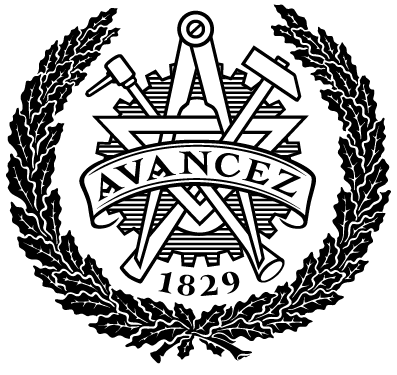Adaptive Exoskeleton for Knee Injury Rehabilitation
Publicerad
Typ
Examensarbete på kandidatnivå
Bachelor Thesis
Bachelor Thesis
Program
Modellbyggare
Tidskriftstitel
ISSN
Volymtitel
Utgivare
Sammanfattning
This project presents the continued development of a single-joint exoskeleton intended for knee rehabilitation. The overall goal was to contribute to more effective, individualized rehabilitation by enabling an exoskeleton system that is able to provide transparent, torquebased assistance and track limb motion in real time. Such a system could ultimately reduce recovery time, support at-home therapy and improve the quality of care.
Moving towards this goal, the project focused on introducing sensing and control capabilities. A ROS2-based software architecture was implemented to coordinate real-time communication between hardware components. The actuator was successfully integrated via CAN-bus and operated under open-loop control. However, torque feedback had to be estimated indirectly using current measurements as no dedicated torque sensor was available. The IMU delivered usable quaternion data, but filtering and sensor fusion were not fully completed due to time constraints.
While a fully functional control system was not achieved, the system now provides real-time data flow and basic motion control. The final framework offers a solid technical foundation for future work on further IMU- and actuator-integration, feedback control and clinical applications.
Beskrivning
Ämne/nyckelord
Exoskelett, Rehabilitering, ROS2, Momentkontroll, IMU, Transparens, Realtidskontroll
